21.02.2018
The launch of the Earth’s remote sensing satellite Sentinel-3b may be rescheduled for April 25
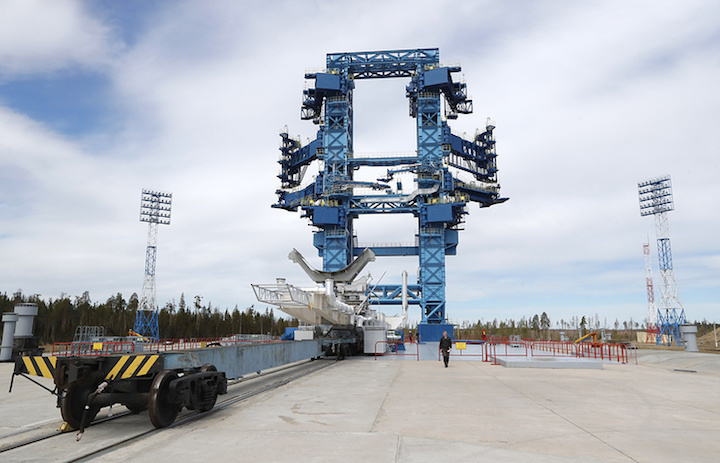
The launch of the Earth’s remote sensing satellite Sentinel-3b may be rescheduled for April 25 at the request of the European Space Agency (ESA), a source in the Russian space industry told TASS on Tuesday.
"The Europeans are failing for some reason to deliver on time the space vehicle to the Plesetsk spaceport, from which a Rokot carrier rocket with the Sentinel-3b satellite is due to blast off. That is why, the ESA has requested rescheduling the launch for a later date. So far, April 25 is under consideration," the source said.
The relevant request has been sent to the Russian State Space Corporation Roscosmos, which is expected to make a decision on rescheduling the launch. Roscosmos has not given any comment on this information.
Russia’s Khrunichev Space Center, which produces Rokot carrier rockets, earlier reported that the launch was scheduled for the first quarter of 2018.
The previous launch of a Rokot carrier rocket was successfully carried out from the Plesetsk cosmodrome on October 13, 2017. The rocket delivered the European Earth’s remote sensing satellite Sentinel-5p into orbit.
The light carrier rocket Rokot has been developed as part of Russia’s program to convert military products into civilian output and is based on the RS-18 intercontinental ballistic missile being decommissioned in Russia. The first launch took place in 2000.
The Rokot has been developed by the Khrunichev Space Center while its control system uses the technology of the Ukrainian enterprise Khartron. Russia’s Defense Ministry announced earlier it was giving up Rokot carriers in favor of the Russian light launchers Angara-1.2 and Soyuz-2.1v as part of the efforts to cut dependence on imports.
Quelle: TASS
---
Update: 23.03.2018
.
SENTINEL-3B LAUNCH PREPARATIONS IN FULL SWING

With the Sentinel-3B satellite now at the Plesetsk launch site in Russia and liftoff set for 25 April, engineers are steaming ahead with the task of getting Europe’s next Copernicus satellite ready for its journey into orbit.
After arriving at the launch site on 18 March, the satellite has been taken out of its transport container and is being set up for testing.
Kristof Gantois, ESA’s Sentinel-3 engineering manager, said, “The satellite’s journey from France was hampered slightly by the freezing winter weather here in Russia, but it’s now safe in the milder cleanroom environment.
“With the aid of a crane, our baby has been removed from its transport container. We have also been very busy unpacking the array of equipment we need to test the satellite and make it ready to join its Rockot launcher.”

Sentinel-3B will join its twin, Sentinel-3A, in orbit. The pairing of identical satellites provides the best coverage and data delivery for Europe’s Copernicus programme – the largest environmental monitoring programme in the world.
The satellites carry the same suite of cutting-edge instruments to measure oceans, land, ice and atmosphere.
Feeding a new generation of data products, the Sentinel-3 mission is at the heart of operational oceanography.
For example, it provides measurements to monitor aquatic biological productivity and marine pollution, to map sea-level change and to forecast the sea state for efficient and safe ship routeing.
As well as measuring the oceans, the mission also delivers unique and timely information about changing land cover, vegetation, urban heat islands, and for tracking wildfires.

Sentinel-3B was carried on an Antonov aircraft from France, where the satellite was built, to Russia, where it will be launched. Greeted by a chilly –15°C, the aircraft arrived in Arkhangelsk on 15 March. From there, Sentinel-3B was loaded onto a train for the journey to the Plesetsk launch site where it is being prepared for liftoff.
-
The Sentinel-3B will be lofted into orbit on a Rockot launcher on 25 April at 17:57 GMT (19:57 CEST).
Quelle: ESA
---
Update: 24.04.2018
.
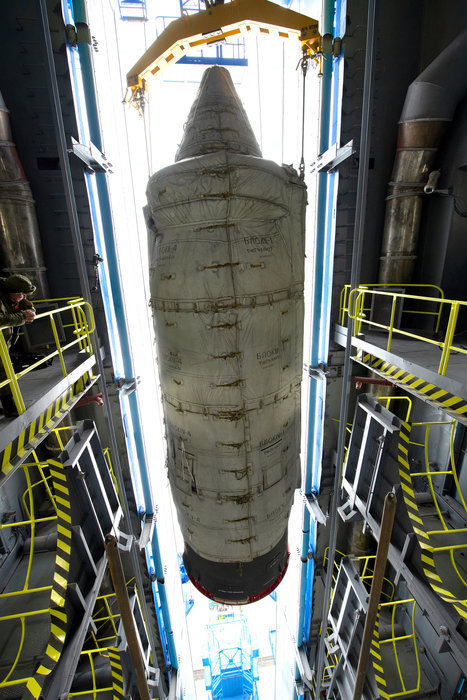
-
The next Sentinel satellite for Europe’s environmental monitoring Copernicus programme is poised for liftoff from the Plesetsk cosmodrome in northern Russia.
The Sentinel-3B satellite has been at the cosmodrome since mid-March being readied for its ride into space on 25 April at 17:57 GMT (19:57 CEST).
After being sealed from view in the rocket fairing last week, it was rolled out to the launch pad and hoisted into the launch tower at the weekend.
Bruno Berruti, ESA’s Sentinel-3 project manager, said, “This is a real milestone, and an emotional one at that.
“We all bid farewell to ‘our baby’ as it was encapsulated in the Rockot fairing and we are all proud to see that it is now ready and waiting in the launch tower for the big day.
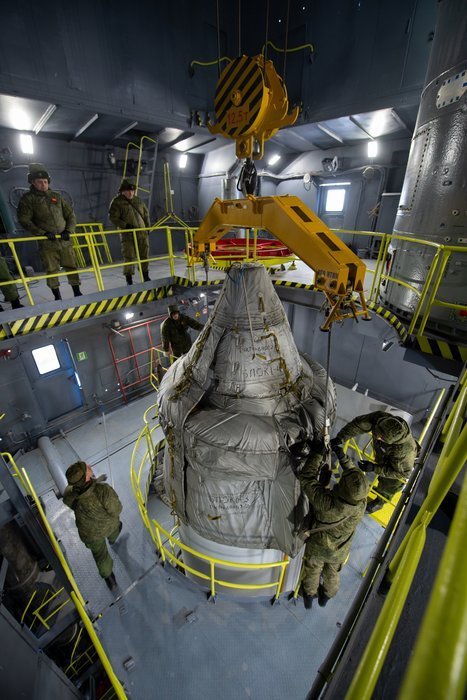
“We have reached this point thanks to dedication and hard work from teams at ESA, the EC, Eumetsat, France’s CNES space agency, industry, service providers and data users.
“And, thanks to Eurockot and Khrunichev, the preparation of the Rockot launcher over the last weeks has gone smoothly.”
Sentinel-3B will join its twin, Sentinel-3A, in orbit to systematically monitor Earth’s oceans, land, ice and atmosphere. The pairing of the two satellites optimises coverage and data delivery for Copernicus.
This workhorse mission delivers data within three hours of sensing, 24 hours a day, 365 days a year.

While these data are fed primarily into the Copernicus Marine Environment Monitoring Service, all the Copernicus services benefit to produce knowledge and information products in near-real time for a wide range of applications.
The Sentinel-3 mission is essential for applications for ocean and coastal monitoring, numerical weather and ocean prediction, sea-level change and sea-surface topography monitoring, ocean primary production estimation and land-cover change mapping.
Quelle: ESA
---
Update: 25.04.2018
.
WATCH LIVE: SENTINEL-3B LAUNCH
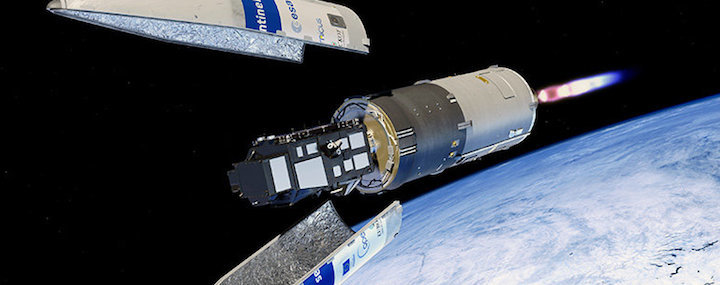
The second in the two-satellite Sentinel-3 mission is set for launch from Russia on 25 April at 17:57 GMT (19:57 CEST). Follow the launch via live webstream.
Sentinel-3B will join its twin, Sentinel-3A, in orbit. The pairing of identical satellites provides the best coverage and data delivery for Europe’s Copernicus programme – the largest environmental monitoring programme in the world. The satellites carry the same suite of cutting-edge instruments to measure oceans, land, ice and atmosphere.
The satellite will be taken into orbit on a Rockot launcher from the Plesetsk Cosmodrome in northern Russia.
The live webstream will begin at 17:30 GMT (19:30 CEST) and end at 19:40 GMT (21:40 CEST), and is divided in two parts:
19:30-20:15 CEST Last preparations at Plesetsk, liftoff, and updates from ESA’s mission control in Darmstadt, Germany
20:15-21:10 CEST Break
21:10-21:40 CEST Updates from mission control in Darmstadt on separation and acquisition of signal
Quelle:ESA
+++
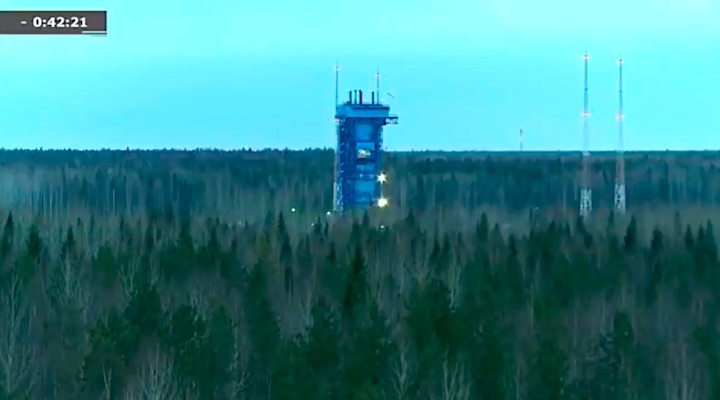
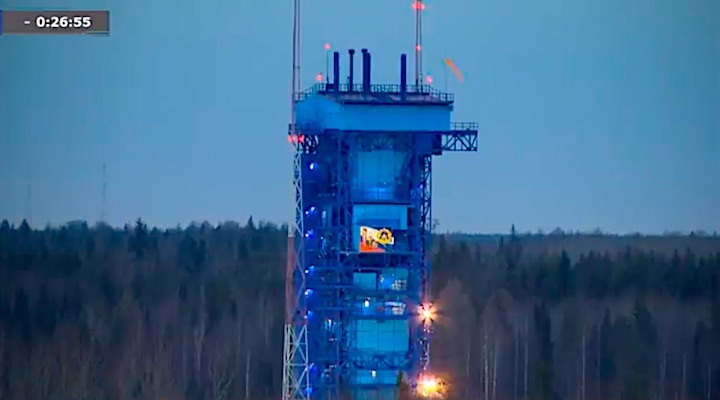
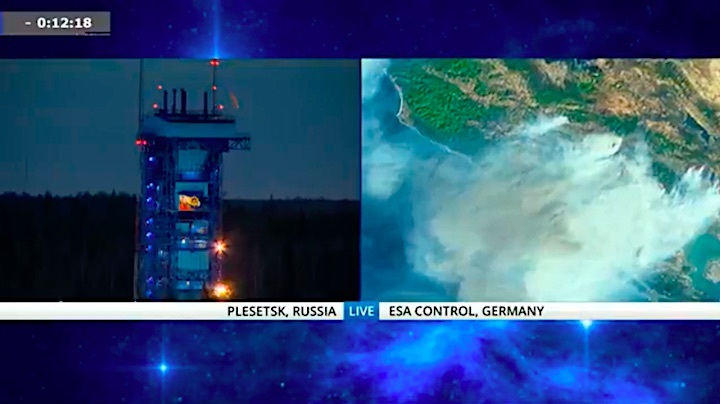

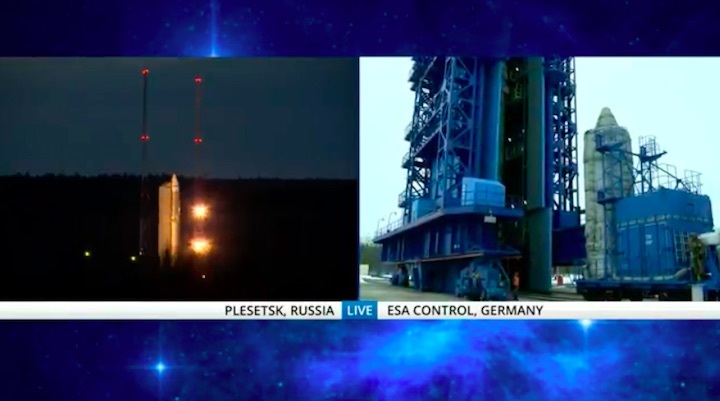
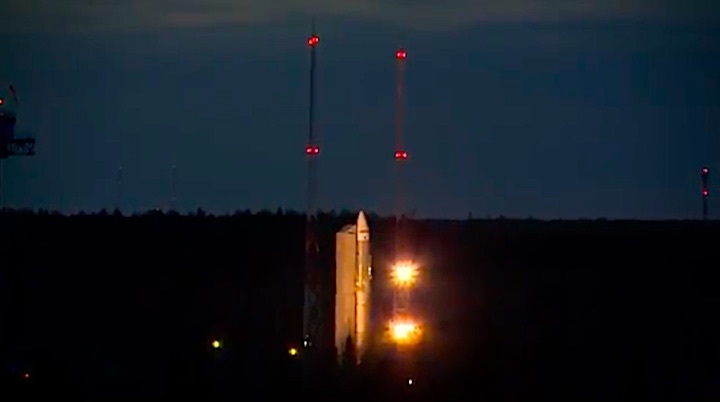

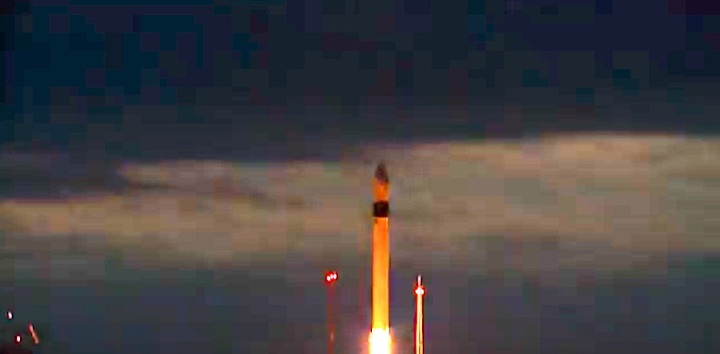
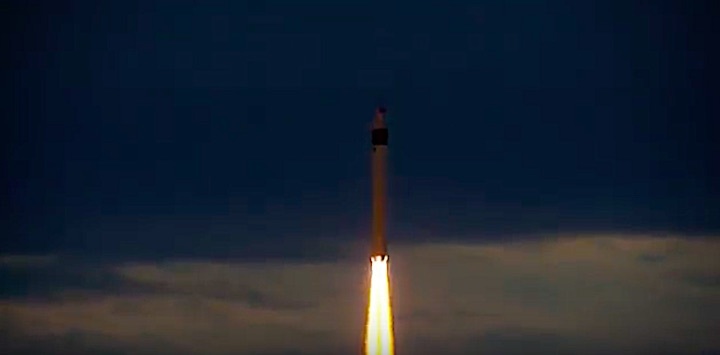
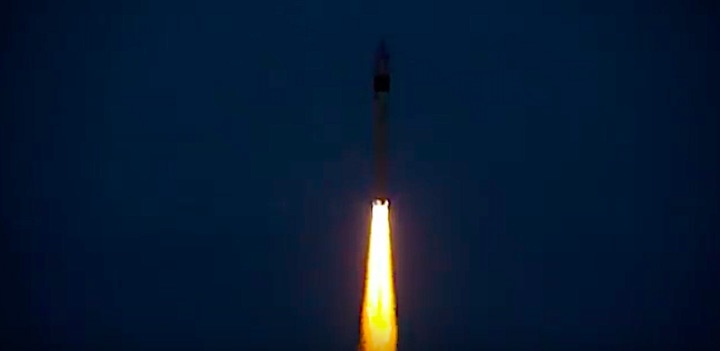
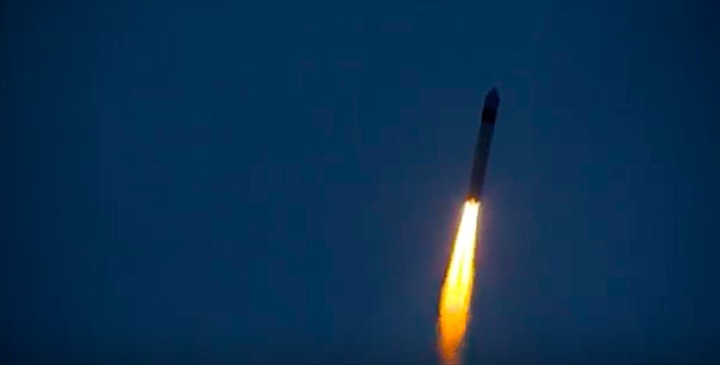

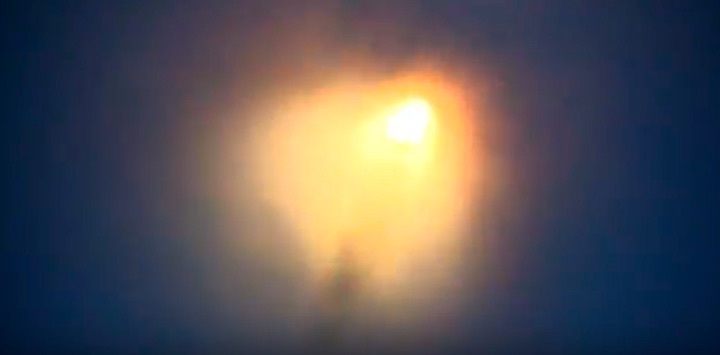
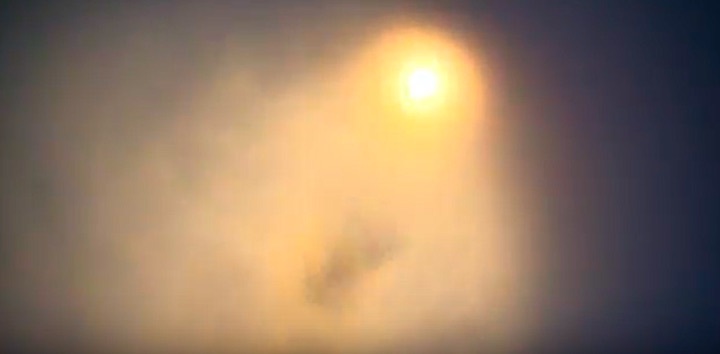
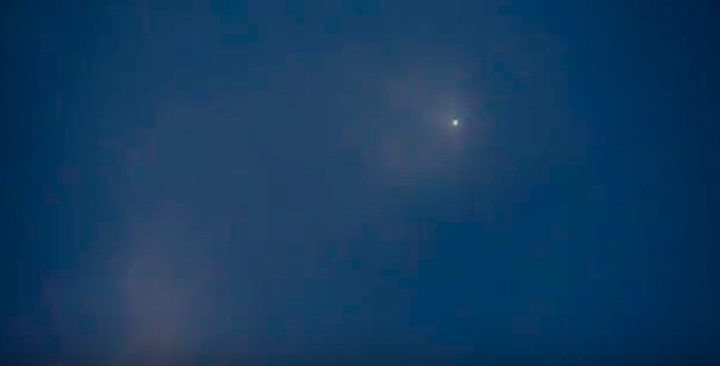
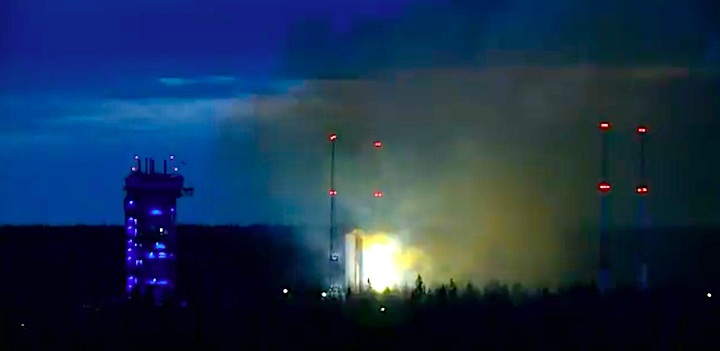

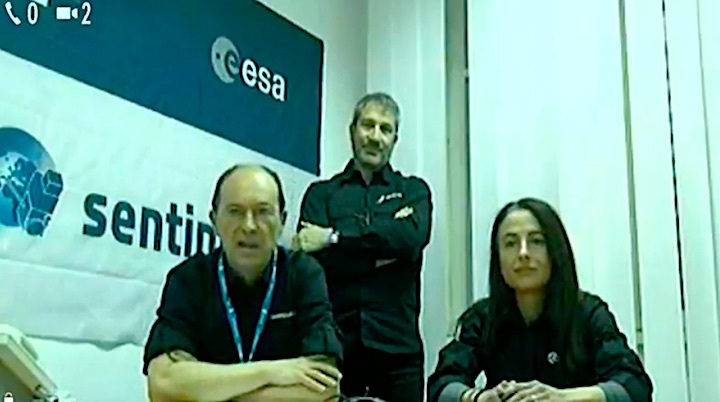


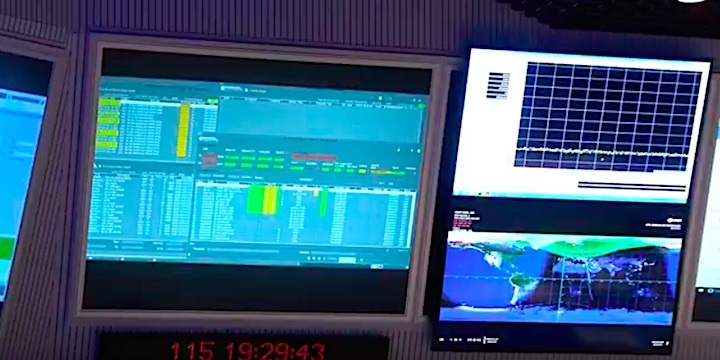
Quelle: ESA
